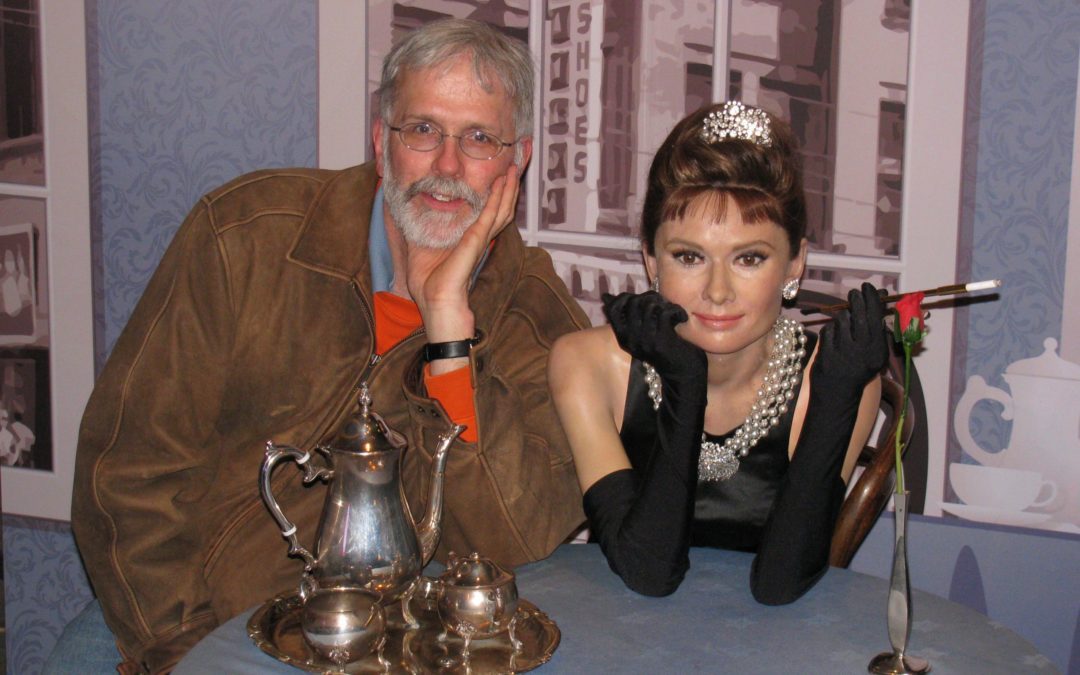The teenage girl entered the forest on what appeared to be an ordinary stroll, stopping to pick wildflowers along the way. In truth, she was on a secret mission to deliver an important message to a British paratrooper hiding in the Arnhem forest during World War II.
The German Army occupied the Netherlands, and they were planning to do maneuvering exercises in the Arnhem forest. So someone needed to warn this British paratrooper about the German soldiers. Because the girl could speak English, she was chosen for the job of delivering the urgent message.
The girl had no trouble locating the British soldier and giving him the warning, but on the way back to her village, she suddenly encountered trouble. She came face to face with two German soldiers. The girl was petrified, but she knew she couldn’t let on that she was nervous, or they might get suspicious.
The two German soldiers asked her what she was doing in the forest, but she acted like she didn’t understand a word they were saying. Then she gave them a big smile and handed the soldiers some flowers.
The girl was amazed when the soldiers let her pass.
Equally amazing, that teenage girl would go on to become one of the most famous movie actresses of all time. Many people know her voice and her face, but most probably do not know that Audrey Hepburn smuggled information past the Nazis during World War II. You might say that the incident in the forest of Arnhem was her first and finest acting performance.
Audrey was born in Belgium, but her father was British and her mother was Dutch. That’s how her family happened to be living in the Netherlands in May of 1940 when the Germans invaded. During the German occupation, Audrey went by the name, Edda van Heemstra because her real name sounded too English and would raise suspicions.
Audrey always wanted to be a dancer, so she continued to perform ballet at the Arnhem Conservatory while the war raged all around her. She and her friends would put on dances to raise money and then they gave it to the Dutch Resistance to fight the Nazis. In one instance, the audience had to remain completely silent—no applause—during the entire program, for fear of being overheard by the Germans.
“The best audience I ever had made not a single sound at the end of my performance,†Audrey said in the biography, Enchantment, by Donald Spoto.
In addition, people would give Audrey and other dancers small amounts of money and secret messages that they would stuff into their shoes and deliver to key contacts.
One of her most terrifying memories was the time when German soldiers ordered a group of girls and women to form a line, and they were all forced into three military trucks. Audrey says she began praying: “Our Father, who art in heaven, hallowed be thy name…â€
Eventually, the trucks stopped because the soldiers had spotted some Jewish people, identified by the yellow star on their clothes. That’s when Audrey saw her chance. She jumped out of the truck and rolled beneath the vehicle, while the German soldiers were roughing up the Jewish citizens. When the soldiers returned to the truck, they never noticed her, and they took off, leaving Audrey safely behind.
I certainly do not know what Audrey Hepburn’s spiritual life was like, although I do know she says she was changed by playing the role of a nun in the movie, A Nun’s Story. But did her prayer on that terrible day save Audrey Hepburn’s life? It might have.
Which leads to the question…Why aren’t all of our prayers answered in such incredible ways? Why don’t we always get the answer we desire in our deepest prayers when we too face evil or disease?
That question is certainly beyond me, even if I had an entire book to write, let alone a modest blog. But I like what Timothy Keller says in his book, Prayer: Experiencing Awe and Intimacy with God. Keller says that asking God to “deliver us from evil†is an important prayer; that’s why it is part of the Lord’s Prayer. But he points out that Paul the apostle often stresses that the most important thing that God can give to us, in answer to any prayer, is to know Him better.
As Paul says in Ephesians 1:17, “I keep asking that the God of our Lord Jesus Christ, the glorious Father, may give you the Spirit of wisdom and revelation, so that you may know him better.â€
Let me emphasize that last phrase: “So that you may know him better.”
Paul goes on to say, “I pray that the eyes of your heart may be enlightened in order that you may know the hope to which he has called you, the riches of his glorious inheritance in his holy people, and his incomparably great power for us who believe.â€
I often pray for safety and healing for myself and others, but Keller’s point is a healthy reminder that the most critical aspect of prayer is to know God. Prayer, after all, is the “eyes of the heart,†as Paul put it. The eyes in our head take in the outer world, what we see all around us, but the eyes of the heart see our inner world—our greatest desires and fears.
With the eyes of the heart, we see God, which makes it the only way we can truly see the world clearly.
By Doug Peterson

